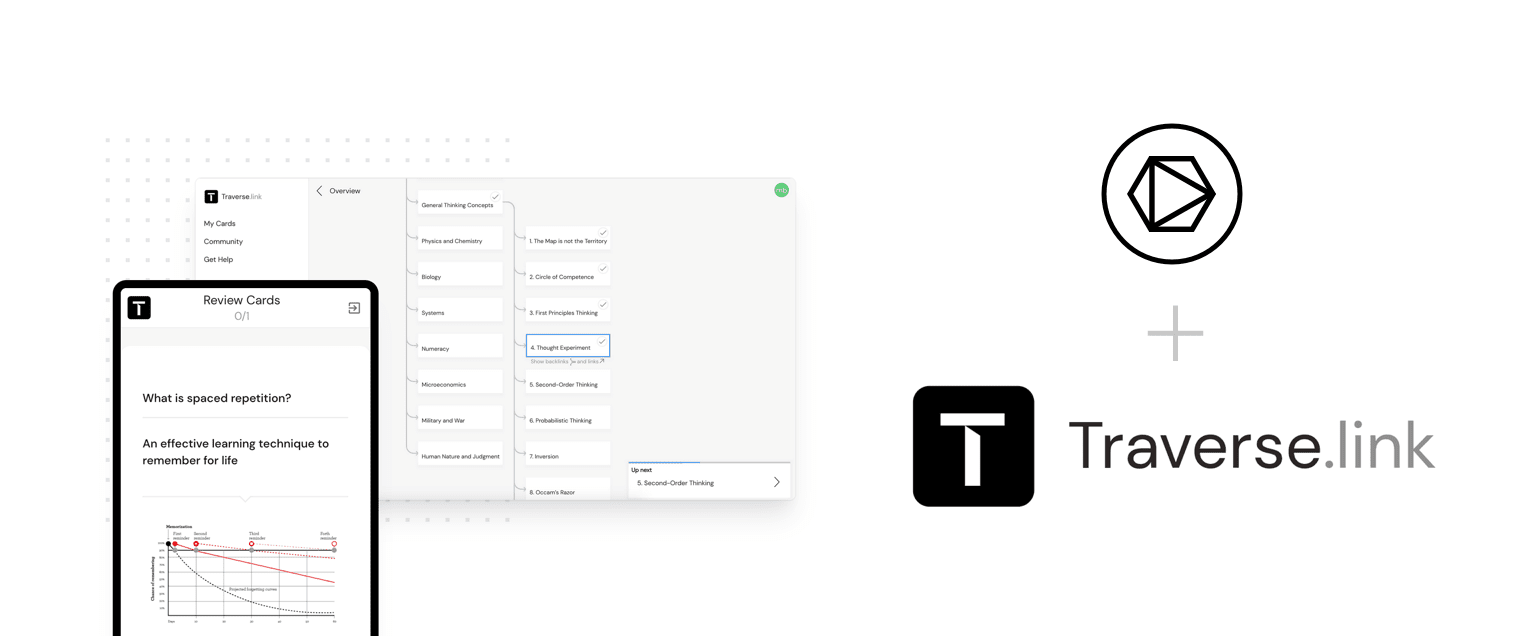Marketers and businesses often prefer videos over other forms of content. This is because videos create deeper brand awareness, are more effective in explaining product or service features, and are more effective at generating leads than blog posts, just to name a few advantages. Evidently, video content now dominates the marketing scene. And it seems like videos will continue to be the trend for the foreseeable future.

Using video to grow conversion is not actually a new marketing strategy. However, you cannot just publish plenty of videos in the hopes of generating more leads. You need to make engaging ones, those that encourage the audience to hit the play button and watch until the end. As more and more content competes for your attention, you need to innovate and step up your game.
The Importance of Video Engagement
The past few years saw a surge in the use of video as a content marketing tool. Around 2017, video became a key tactic used by most creatives, focusing too much on production yet little on researching how to make the most out of their efforts.
Videos started transforming from being a sole marketing tool into an overall business approach. At present, videos are produced in a casual, actionable, and quantifiable manner.
In Depositphotos’ 2017 study, it was concluded that videos go beyond the entertainment purposes as they can grow conversion rates by about 80%. They also found that simply including the word “video” in your email subject line increases open percentages by 19%. Moreover, 90% of their respondents say that videos convince them to buy products or subscribe to services.
Aside from changing how businesses sell their services and products, and how customers shop, videos also transformed how sales teams convert prospects into actual buyers, deliver more personalized customer support, and even prompted the use of CRM for retailers.
Tips on Improving Average Video Engagement of Your Content
There is more to video engagement on social media than just coming up with an appealing thumbnail and strategizing your specs. These tips will teach you how to increase video engagement for your business.
1. Know your viewers
Different viewers watch videos differently. For instance, younger viewers are more likely to watch fast-paced videos, and have shorter attention spans. Meanwhile, older viewers may prefer longer videos that take their time and include more context.
Know who your viewers are before making content, and customize it based on their preferences.
2. Make it handy
The second step in utilizing your video engagement platform is making your content easily accessible. Have on-point aspect ratios, for example, 16:9 for Facebook and 1:1 for Instagram. Make your content mobile and your videos will blend in naturally on every platform.
3. Start strong
Having a powerful introduction is the game in making videos. Regardless of content, the time between the first three to five seconds makes or breaks all online videos. You only have this amount of time to capture your viewers’ attention into watching more; otherwise, they would scroll away.
4. Make it fast-paced and interesting
The mission of any online video should be to capture attention, then hold it for as long as the video can. If you want your viewers to reach your CTA, keep it short to curb viewer decline.
While making a video, ask yourself if you would watch it until the end if it was created by another brand. This way you will know what works and what doesn’t, and think of better ideas to finalize your content.
5. Invest in high-production videos
While phone cameras get better every year, making high-end videos from your mobile device should not be the standard. You should invest in high-production videos.
High quality content will mirror the professionalism of your organization. Hire a videographer, use a good camera, use the best video marketing software, light your subjects, and think about the quality of the sound. High quality content will mirror the professionalism of your organization. Hire a videographer, use a good camera, use the best video marketing software, light your subjects, and think about the quality of the sound.
6. Make a positive first impression
The first impression viewers will have of your video is the thumbnail. Try to make it informative and visually appealing, so it stands out. A good thumbnail will generate interest in your video and let your viewers know what is in store for them at the same time.
7. Provide subtitles
Keep in mind that many viewers watch videos with no audio. According to a latest study, 90% of viewers watch mobile videos on mute. Cater to these viewers by providing subtitles on your videos alongside a voice-over. Easy-to-read captions also make videos more accessible.
With muse.ai every video is transcribed automatically. You can use this transcript as subtitles or even upload your own. If you prefer silent content, you may even go as far as muting the video and showing subtitles by default.
8. Appeal to the emotions of your viewers
Appeal to your audiences’ emotions in order to retain interest and engagement throughout the video. Your video does not have to be funny or sad, but your subject should be able to express some personality.
You may also use storytelling to send your message. Adding personality can bring out authenticity to your videos.
9. Use CTAs freely
While the custom has been to deliver a CTA at the end of a video, try bending the rules sometimes. Place them all over the video, whenever it feels like it suits the scenario. Doing this will make it easier for you to target a wider audience and inform them what steps they should take next.
10. Keep the videos short
Facebook limits videos to a 240-minute time frame, but that does not mean that viewers will watch them for that long. Ideally, optimized Facebook videos should range from 15 seconds to three minutes. Shorter videos result in less viewer decline and increased watch-time; thus, you should try to send your message without overwhelming attention spans.
11. Make different kinds of content
Make demo videos, tutorials, event videos, explainer videos, interviews, animated videos, and so on. If you have a videographer, shoot a selection of videos on a single day to start your collection.
12. Optimize your videos for SEO
Use keywords in the title, description, tags, captions, links, and CTAs. These keywords should relate to the message and objectives of your video. In addition, take into account what your viewers are interested in and how they discuss it online.
Pro-tip: use keyword research tools to figure out the search ranking of your keywords, and add links into the description too.
The Era of Video Engagement
Video production can seem like a challenge at first. But with a dedication to quality and a variety or resources available, you can easily create ones that are distinctive to your brand. After all, effective video engagement is the modern times’ key to gaining new audiences, retaining them, and establishing loyalty and long-lasting relationships.



